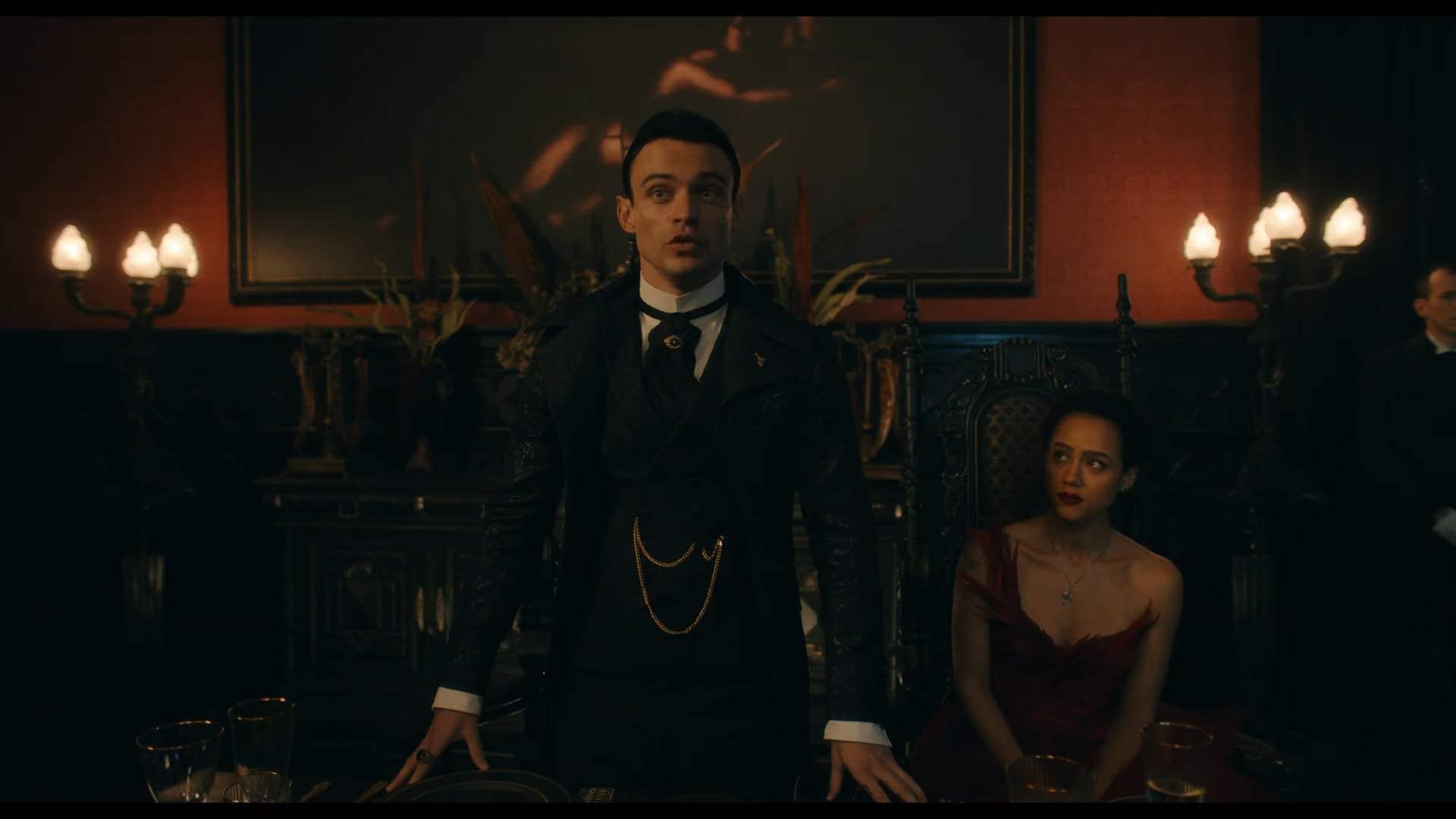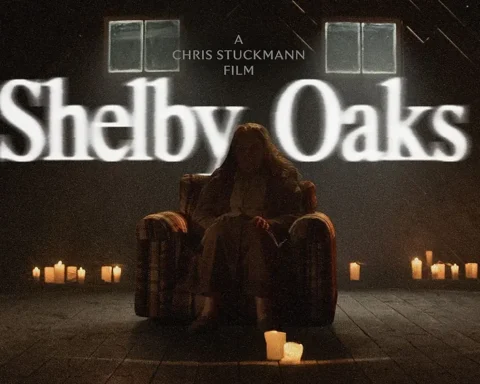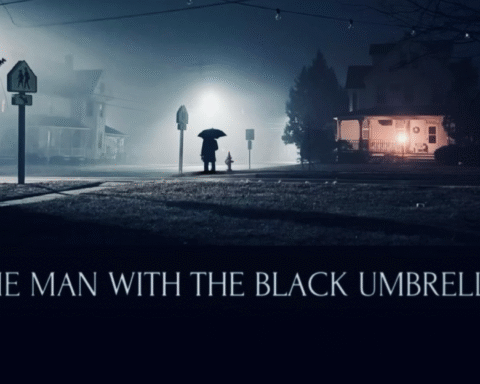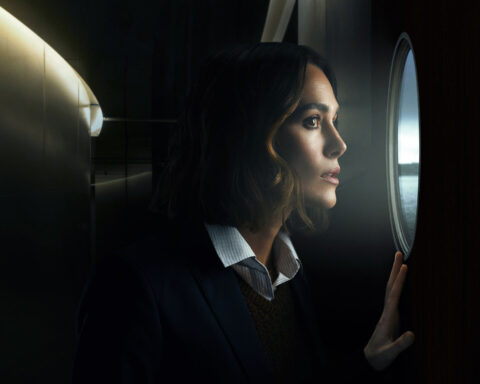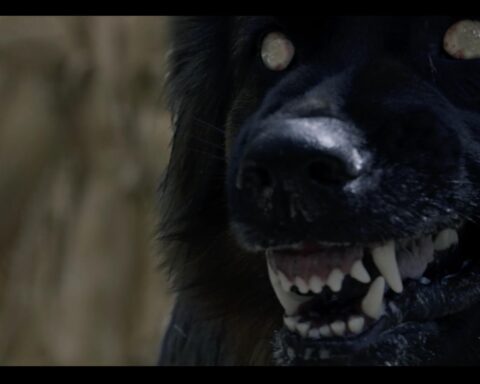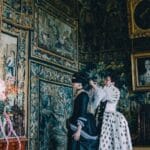In an era dominated by postmodern horror deconstructions and relentless franchise sequels, The Invitation emerges as a deliberate throwback to the atmospheric grandeur of mid-20th-century Gothic cinema. Directed by Jessica M. Thompson and penned by Blair Butler, this 2022 psychological thriller weaves a tapestry of familial secrets, aristocratic decadence, and existential dread, consciously channeling the visual and narrative DNA of Universal’s 1930s monster classics and Hammer Films’ Technicolor terrors. Through its lavish production design, haunting orchestral score, and performances steeped in old-world theatricality, the film transcends its modest marketing to deliver a love letter to Gothic horror traditions while maintaining contemporary relevance. By resurrecting the genre’s foundational tropes—an isolated manor, a mysterious lineage, and seductive supernatural forces—The Invitation bridges decades of horror evolution, offering both nostalgia and novelty to discerning audiences.

Gothic Horror Homage : Reviving the Classics for Modern Audiences And Foundations in Universal and Hammer Aesthetics
The Invitation’s most striking achievement lies in its meticulous recreation of Gothic horror’s golden age. The film’s DNA bears unmistakable traces of Universal’s Dracula (1931) and Hammer’s The Curse of Frankenstein (1957), synthesizing the former’s shadow-drenched atmospherics with the latter’s lush color palettes. Director Thompson employs chiaroscuro lighting reminiscent of James Whale’s Frankenstein, where candlelit corridors become labyrinths of uncertainty, and every archway frames potential menace. This visual strategy transcends mere imitation, however, by integrating modern wide-angle lenses that capture the Carpathian-inspired estate in unsettling grandeur, making the architecture itself a predatory entity.
The narrative’s debt to Bram Stoker’s Dracula manifests through symbolic blood rituals and the aristocratic antagonist’s parasitic relationship with his lineage. Yet the film subverts expectations by grounding its horror in biological science rather than outright supernaturalism—a nod to contemporary audiences’ preference for psychological plausibility. This hybridization of classic tropes and modern skepticism creates a unique tension, where creaking floorboards might herald either a vampire’s approach or the protagonist’s unraveling psyche.
Visual and Aesthetic Mastery : A Feast for the Senses
Architectural Grandeur as Narrative Device
Production designer Tom Still’s recreation of a decaying English manor serves as the film’s silent antagonist. Unlike the minimalist settings of modern horror, every room in New Carfax Abbey overflows with Baroque detailing—tapestries depicting mythological hunts, taxidermied ravens mid-caw, and ancestral portraits whose eyes appear to track visitors. This maximalist approach mirrors the Gothic tradition’s obsession with history’s physical weight, where the past literally haunts the present through oppressive materiality. The estate’s layout, with its hidden passages and subterranean crypts, becomes a metaphor for Evie’s (Nathalie Emmanuel) journey into her family’s repressed secrets.


The Decadence of the Third-Act Feast
Thompson stages the climactic wedding feast as a Boschian panorama of aristocratic excess. Long tables groan under candelabras, roasted peacocks with feathered heads still attached, and chalices overflowing with crimson liquid. The scene’s power derives from its contrast between beauty and revulsion—gilded cutlery against blood-stained linens, polite conversation masking cannibalistic intent. This tableau directly channels Hammer’s The Reptile (1966), where civilized gatherings unravel into primal horror. Cinematographer Autumn Eakin employs Dutch angles during the meal, destabilizing the viewer’s perspective as Evie realizes her role in this macabre pageant.
Cast Performances : Theatricality Meets Modern Nuance
Nathalie Emmanuel’s Breakout Lead Role
Emmanuel, liberated from ensemble franchises (Game of Thrones, Fast & Furious), delivers a masterclass in gradual unraveling. Her Evie evolves from guarded vulnerability to ferocious survival instinct, mirroring the journey of Gothic heroines like Mina Harker but with contemporary agency. A standout moment occurs during the DNA test revelation—Emmanuel’s micro-expressions convey dawning horror without dialogue, her eyes flickering between the screen and family photos in a silent reckoning with identity.
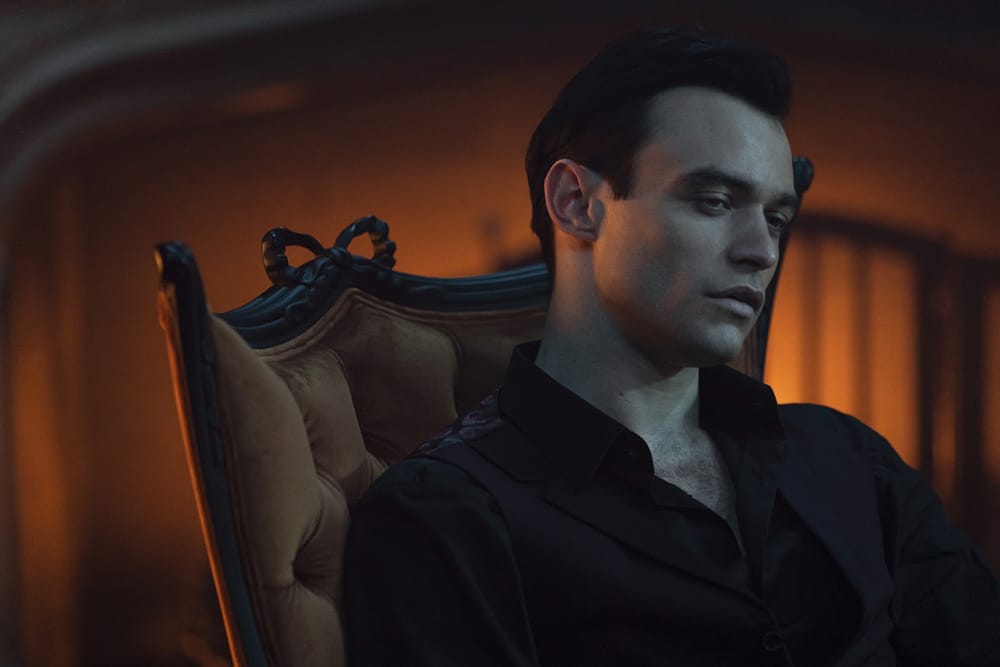
Thomas Doherty’s Seductive Antagonist
Doherty’s Walter De Ville exemplifies the Byronic villain updated for the genomic age. Channeling Christopher Lee’s Dracula with a millennial twist, he oscillates between aristocratic charm and feral menace. His courting of Evie—a mix of genetic destiny and genuine fascination—complicates the predator/prey dynamic. The actor’s background in Disney’s Descendants proves ironically apt, as Walter positions himself as both prince and monster in this dark fairy tale.
Supporting Cast’s Homage to Horror Traditions
Sean Pertwee’s Mr. Fields, the estate’s enigmatic butler, channels Dwight Frye’s Renfield through twitchy mannerisms and whispered asides. His performance, though brief, anchors the film in Hammer tradition while allowing for modern reinterpretation—a loyal servant not to vampiric masters but to pseudoscientific eugenics. Stephanie Corneliussen’s Viktoria, the bride, embodies the ‘monstrous feminine’ through icy detachment and predatory maternalism.

Dara Taylor’s Score : Auditory Haunting
Orchestral Echoes of Horror’s Golden Age
Taylor’s compositions marry Bernard Herrmann’s dissonant strings with Christopher Young’s romantic melancholy. The main theme—a cello-led elegy with theremin undertones—mimics the theremin-driven scores of 1950s creature features while avoiding pastiche. During Walter’s transformation sequences, the music swells into a distorted waltz, warping a symbol of aristocratic refinement into something grotesque.
Diegetic Sound as Psychological Weapon
The film innovates through its integration of diegetic sound. A grandfather clock’s amplified ticking mirrors Evie’s rising panic, while the absence of music during key horror moments forces audiences to confront the brutality of Walter’s experiments. This selective silence pays homage to Universal’s early sound experiments while exploiting modern surround sound capabilities.
Marketing Missteps and Cultural Resonance
The Challenge of Selling Gothic Nuance
Sony’s promotional campaign, emphasizing jump scares over atmospheric dread, misrepresented the film’s cerebral approach. Trailers focused on Evie’s escape sequences rather than the story’s exploration of inherited trauma—a decision reflecting broader industry struggles to market psychological horror. Ironically, this mismatched marketing positions The Invitation alongside misunderstood gems like Crimson Peak (2015), films requiring patient engagement rather than passive consumption.




Streaming Success and Genre Revival
While its theatrical underperformance echoes the fate of Hammer’s later productions, the film’s Netflix resurgence suggests renewed appetite for Gothic storytelling. The platform’s algorithm-driven recommendations have introduced it to younger audiences unfamiliar with its influences, sparking TikTok analyses of its costume symbolism and #WalterDeVille fan edits. This digital afterlife completes the film’s thematic circle—an old soul reborn through new media.
The Eternal Return of Gothic Horror
The Invitation succeeds not through reinvention but resurrection, proving the enduring potency of Gothic archetypes when filtered through modern sensibilities. Its 4/5 rating undersells its cultural significance as a bridge between horror’s aristocratic past and its democratic present. For genre scholars, the film offers a masterclass in intertextuality; for casual viewers, a gateway to Universal and Hammer’s rich legacies. As streaming platforms become the new crypts preserving horror’s undying traditions, Thompson’s work ensures that the genre’s beating heart—its ability to marry beauty with terror—remains eternally undead.
